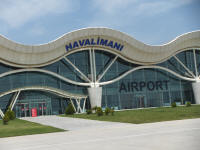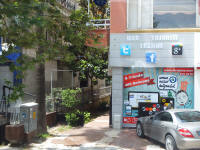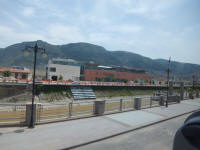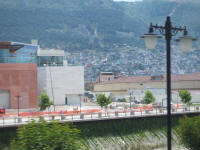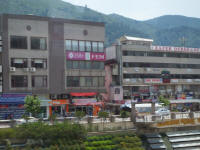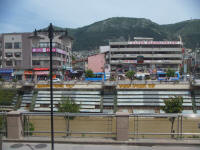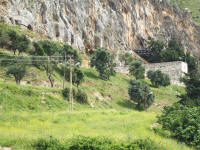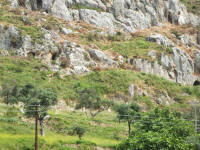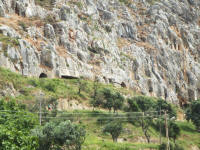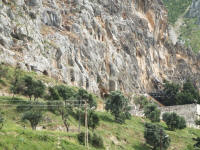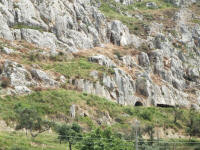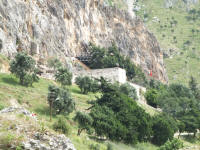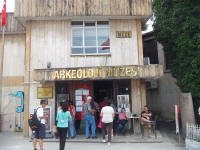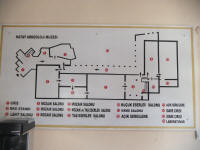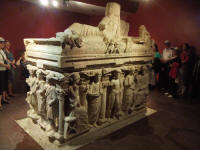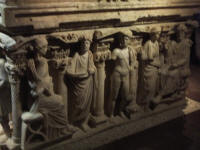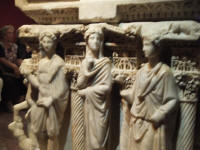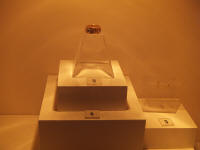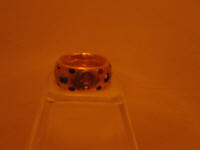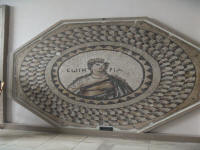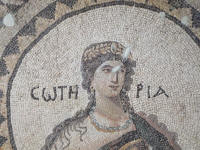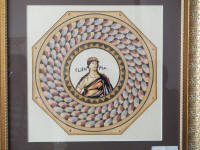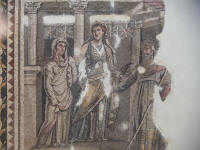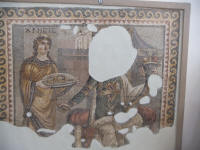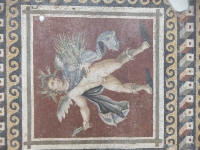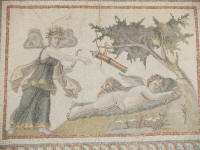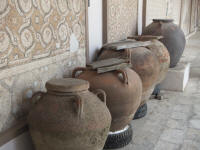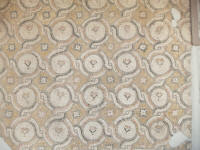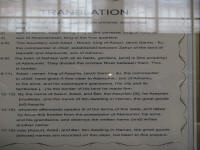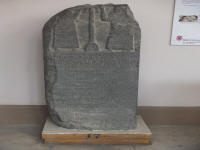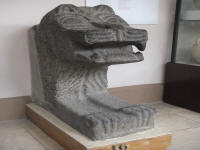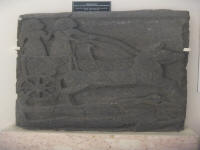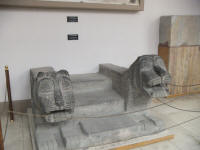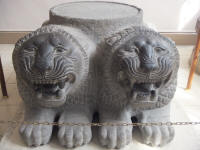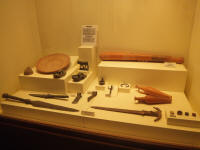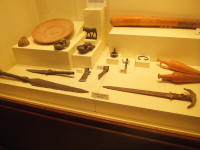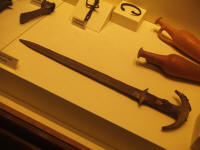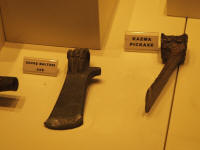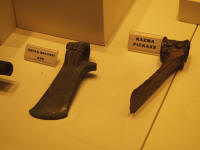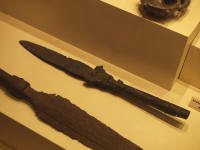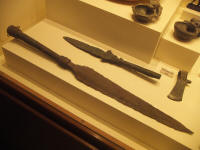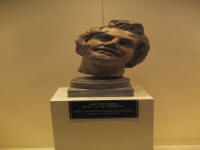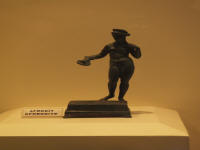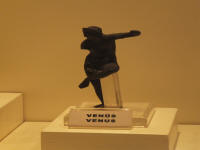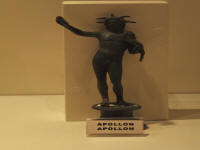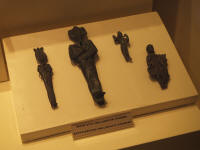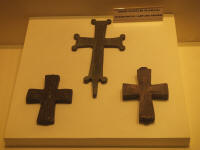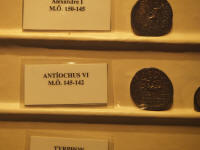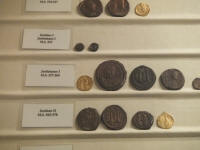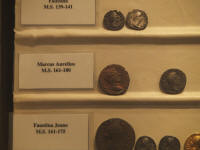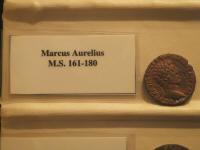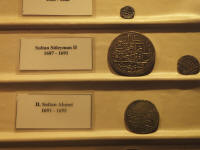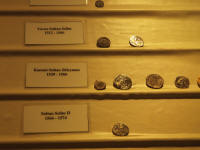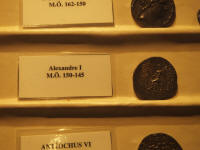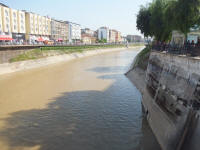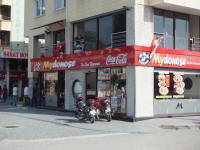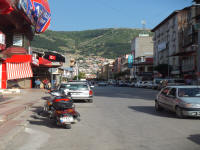
Alex Tang
Articles
- General
- Theology
- Paul
- Karl Barth
- Spiritual Formation
- Christian Education
- Spiritual Direction
- Spirituality
- Worship
- Church
- Parenting
- Medical
- Bioethics
- Books Reviews
- Videos
- Audios
- PhD dissertation
Spiritual writing
- e-Reflections
- Devotions
- The Abba Ah Beng Chronicles
- Bible Lands
- Conversations with my granddaughter
- Conversations with my grandson
- Poems
- Prayers
Nurturing/ Teaching Courses
- Sermons
- Beginning Christian Life Studies
- The Apostles' Creed
- Child Health and Nutrition
- Biomedical Ethics
- Spiritual Direction
- Spiritual Formation
- Spiritual formation communities
- Retreats
Engaging Culture
- Bioethics
- Glocalisation
- Books and Reading
- A Writing Life
- Star Trek
- Science Fiction
- Comics
- Movies
- Gaming
- Photography
- The End is Near
My Notebook
My blogs
- Spiritual Formation on the Run
- Random Musings from a Doctor's Chair
- Random Sermons from a Doctor's Chair
- Random Writings from a Doctor's Chair
- Random Spirituality from a Doctor's Chair
Books Recommendation
---------------------
Medical Students /Paediatric notes
Acts 11:19-26
AC 11:19 Now those who had been scattered by the persecution in connection with Stephen traveled as far as Phoenicia, Cyprus and Antioch, telling the message only to Jews. 20 Some of them, however, men from Cyprus and Cyrene, went to Antioch and began to speak to Greeks also, telling them the good news about the Lord Jesus. 21 The Lord's hand was with them, and a great number of people believed and turned to the Lord. AC 11:22 News of this reached the ears of the church at Jerusalem, and they sent Barnabas to Antioch. 23 When he arrived and saw the evidence of the grace of God, he was glad and encouraged them all to remain true to the Lord with all their hearts. 24 He was a good man, full of the Holy Spirit and faith, and a great number of people were brought to the Lord. AC 11:25 Then Barnabas went to Tarsus to look for Saul, 26 and when he found him, he brought him to Antioch. So for a whole year Barnabas and Saul met with the church and taught great numbers of people. The disciples were called Christians first at Antioch.
AntiochAntioch was one of the three largest cities of the Greco-Roman world, along with Rome and Alexandria. It was part of Syria and it was also known as Syrian Antioch or Antioch of Syria (there were at least 15 other cities named Antioch in the ancient world). Known as Antakya today in the Hatay province of southern Turkey, it is home to about 150,000 population.
Biblical Significance
Ancient Antioch played a major role in the story of early Christianity. One of the seven men in the Jerusalem church who were chosen to be deacons when a dispute arose among different groups in the church (the “Hellenists” and the “Hebrews”) was from Antioch, a man named Nicolas (Acts 6:5). Acts 11:19 states that Antioch was also one of the places to which many Christians fled after persecution arose in Jerusalem following the stoning of Stephen. The Christian faith prospered so well in Antioch that the Jerusalem church sent Barnabas to investigate the situation there. Seeing the success of the Christian work in the city, Barnabas went to Tarsus and brought back Paul to help him instruct and strengthen the new converts, and both of them stayed for a year there (Acts 11:22-26). According to Acts, the followers of Jesus were first called “Christians” in Antioch (11:26).Soon after, the church at Antioch demonstrated its compassion and its indebtedness to the Jerusalem church by sending a relief offering to the Jerusalem Christians during a time of famine (Acts 11:27–30).The church at Antioch was instrumental in the missionary endeavors of the early church, for it was the Antioch church that first sent Paul and Barnabas on their first missionary journey (Acts 13:1-14:25). At the end of this missionary journey they returned to Antioch and reported all that God had done through them and how Gentiles were placing their faith in the gospel of Jesus Christ (Acts 14:26-28).
When a conference was needed in Jerusalem to deal with the issue of Gentiles becoming Christians, Paul and Barnabas went from Antioch to Jerusalem to attend the meeting (Acts 15:1-34). At the conclusion of the meeting Paul and Barnabas returned to Antioch, where “they taught and proclaimed the word of the Lord” (Acts 15:35). Shortly thereafter Paul and Barnabas decided to embark on another mission trip (second missionary journey), but, as a result of a disagreement, they separated, with each going on a separate missionary journey (Acts 15:36-40). Paul, along with Silas, and eventually Timothy, traveled through Asia Minor and Greece and eventually returned to Antioch (Acts 16:1-18:22). After remaining in the city for some time, Paul departed from Antioch to begin his third and final missionary journey (Acts 18:23).
Paul himself, in writing to the Galatian Christians, mentioned his stay in the city of Antioch. Paul was in Antioch when a dispute arose over the issue of inclusion of Gentiles in the Christian movement. Some people in the early church believed that Gentiles had to submit to certain practices and requirements within Judaism (particularly circumcision) before they could become Christians. Paul strongly opposed such requirements, arguing that in Christ “there is no longer Jew or Greek” (Gal 3:28). In Galatians 2, Paul described an incident in which he confronted Cephas (Peter) about his hypocritical actions related to this issue. Peter, who was also in Antioch at the time, had previously been willing to associate with and accept Gentiles as equals in Christ. Yet when a group of Jewish Christians who were opposed to the full acceptance of Gentiles arrived from Jerusalem, Peter “drew back and kept himself separate for fear of the circumcision faction” (Gal 2:12).
Antioch does not appear again in the New Testament, but the work of Paul and Barnabas and other early Christian leaders in the city was apparently successful, for Antioch became a major center for Christianity in the following centuries. On the basis of literary evidence and archaeological findings, archaeologists have a good idea of many of the buildings and streets that existed in ancient Antioch. Unfortunately, not much remains from antiquity for the modern visitor to see.
The city was situated between Mt. Silpius on the east and the Orontes River on the west. The streets of the city were laid out on a Hippodamian grid plan (i.e., with streets intersecting at regular right angles). During Roman times a great colonnaded street, which served as the main street of the city, ran through the city for almost 2 miles. The street had triumphal arches at each end and a large forum, with a nymphaeum, in the center. King Herod of Judea supplied the paving stones for the street, whereas Emperor Tiberius (or Herod—ancient sources differ) erected the colonnades along both sides of the street. (Today the main route through the city, the Kurtulu-Caddesi, basically follows the path of the Roman street.)
Among the buildings of the city were a hippodrome (or circus) and a palace (both on the island in the Orontes), two theaters, an amphitheater (for gladiatorial contests and other events), the Pantheion, the Kaisareion (a basilica built by Julius Caesar for the promotion of the cult of Rome), public baths, aqueducts, and several temples (including ones to Jupiter Capitolinus, Dionysus, Pan, Artemis, Ares, and Hercules). A portion of the Roman aqueduct can be seen in the eastern part of the city, near the city hospital. This part of the aqueduct, built during the time of Trajan is today used as a bridge, called the Memikli Bridge by the locals.
The Church of St. Peter is located on the northeast edge of Antioch, about 2 miles from the center of the city. The older part of the church is a natural cave on Mt. Staurin, which is an extension of Mt. Silpius. Local tradition claims that this cave was the meeting place for the early Christians of Antioch, including Peter, who supposedly preached and taught in this church. Another tradition claims that the property originally belonged to Luke the Evangelist, who supposedly was from Antioch and who donated the property for use by the Christians as a worship site. A narrow tunnel on the left side of the apse (now blocked) is claimed to have been an escape route used by the Christians during times of danger. The actual early history of the cave is difficult to determine. At least as early as the 4th or 5th century the cave was used as a Christian church, because the mosaic floors in the cave apparently date to that period. To the right of the modern altar are traces of frescoes on the wall, also from the early period. The facade at the front of the cave was added during the 12th or 13th century, when the Crusaders were in control of the city. The present facade is a restoration dating to the middle of the 19th century.
Like most ancient cities, Antioch was surrounded by defensive walls. Today little remains to be seen of the city walls of Antioch, which reportedly were approximately 8 miles in length. About all that is left of the walls, as well as the citadel of the ancient city, is on Mt. Silpius. The most impressive place to visit in Antakya is the Hatay Archaeological Museum, located on Gündüz Caddesi, on the west bank of the Asi River. The museum is famous for its spectacular collection of mosaics discovered in the excavations of Antioch, Daphne, Seleucia Pieria, and other nearby locations. The mosaics, which are from the 2nd to the 6th centuries C.E., are primarily floor mosaics from private homes, although some are from public buildings such as baths. With their rich colors and detailed scenes, the mosaics bear testimony to the great skill of the artists who produced them. Bordered by intricate geometric designs, the panels of the mosaics depict mythological scenes, animal and plant life, and scenes from the everyday lives of the ancient people.
Source: STM Turkey Study Trip 2013 booklet
29 May 2013
more on Bible Lands
